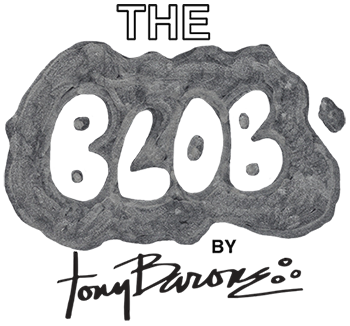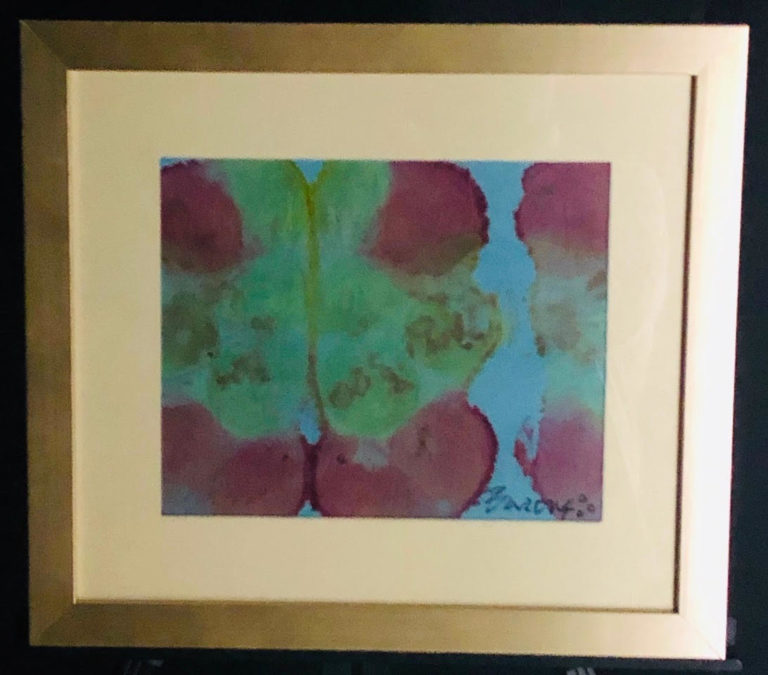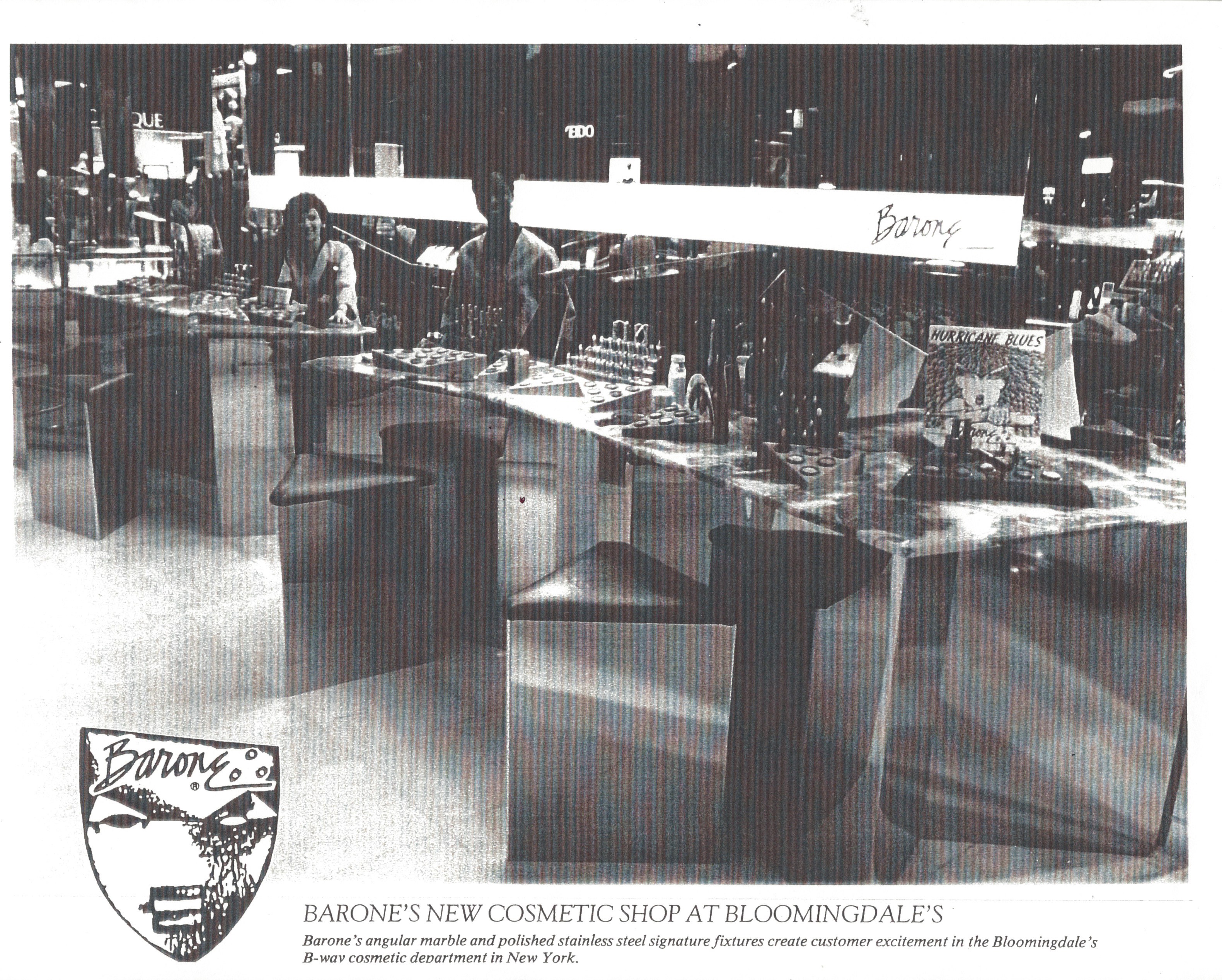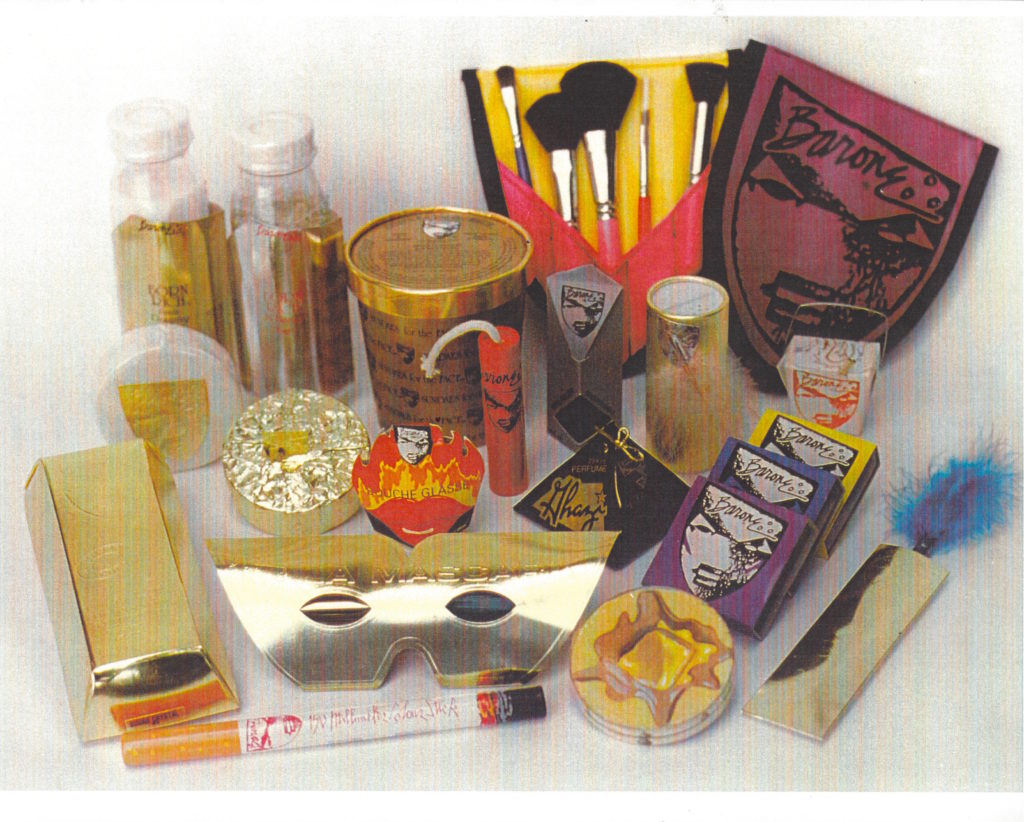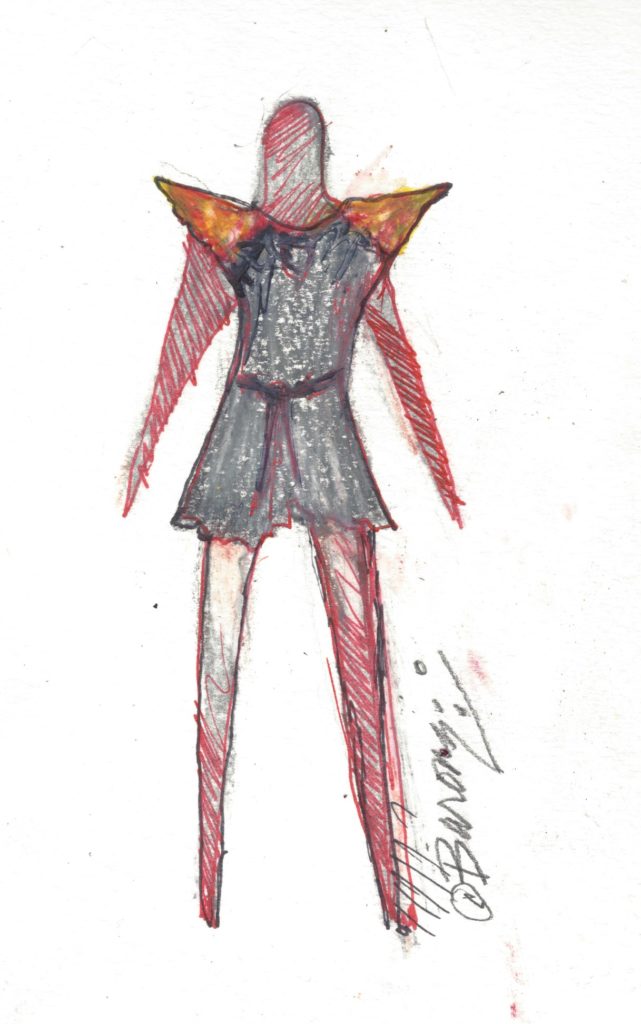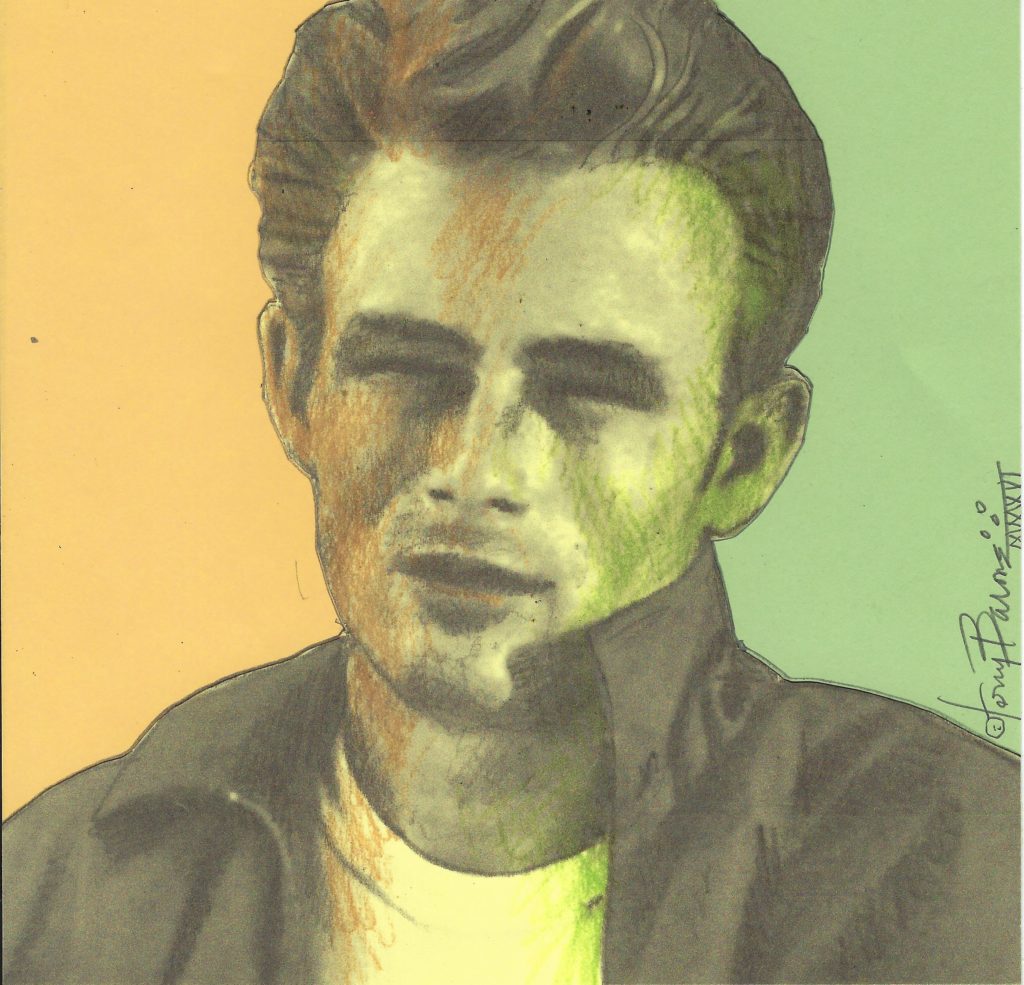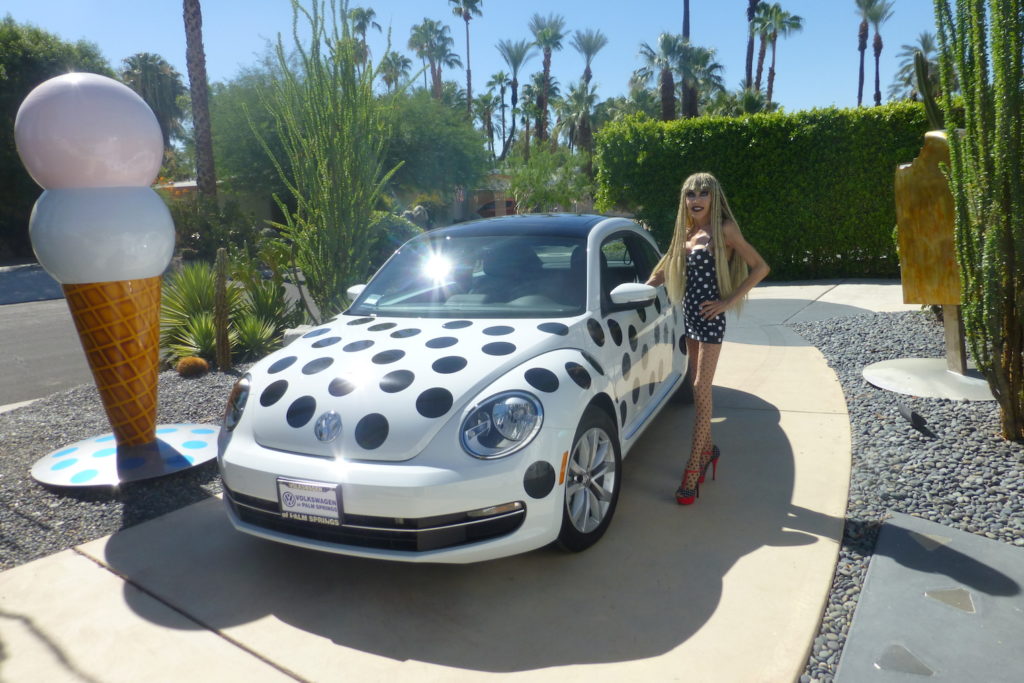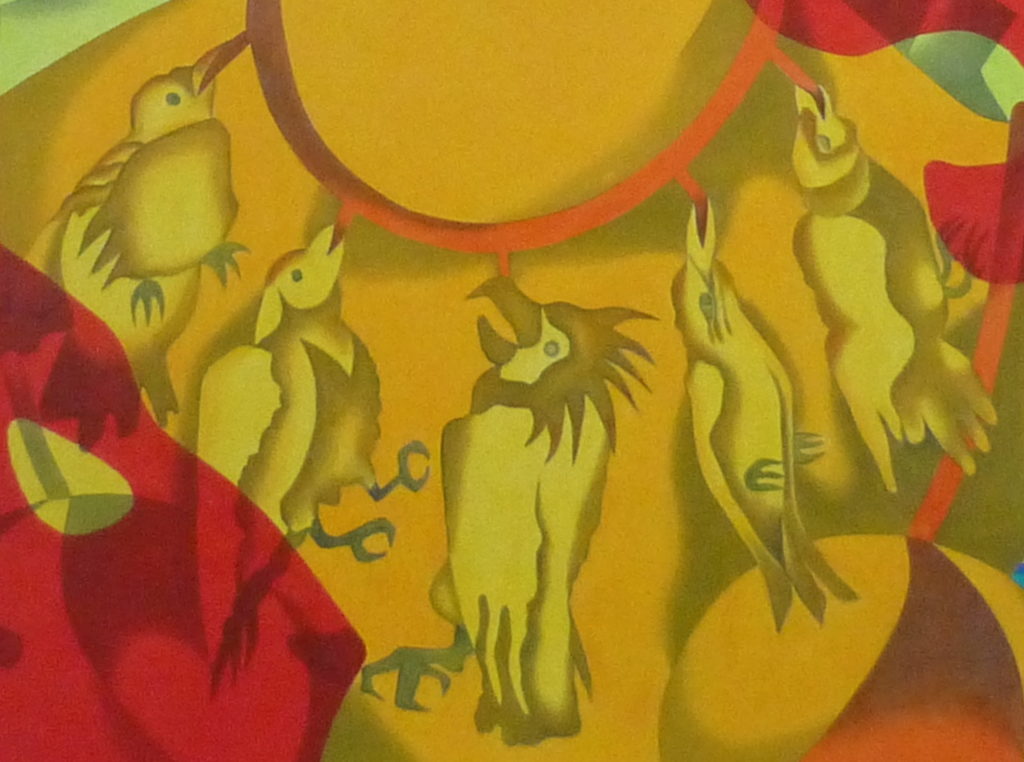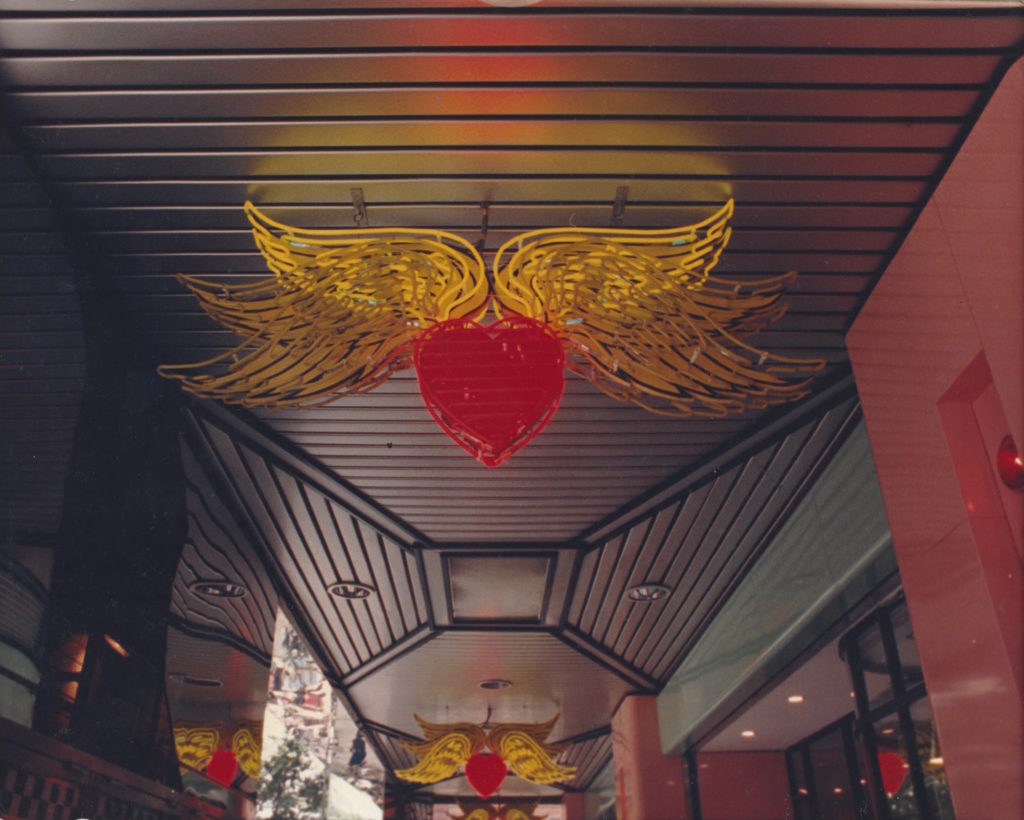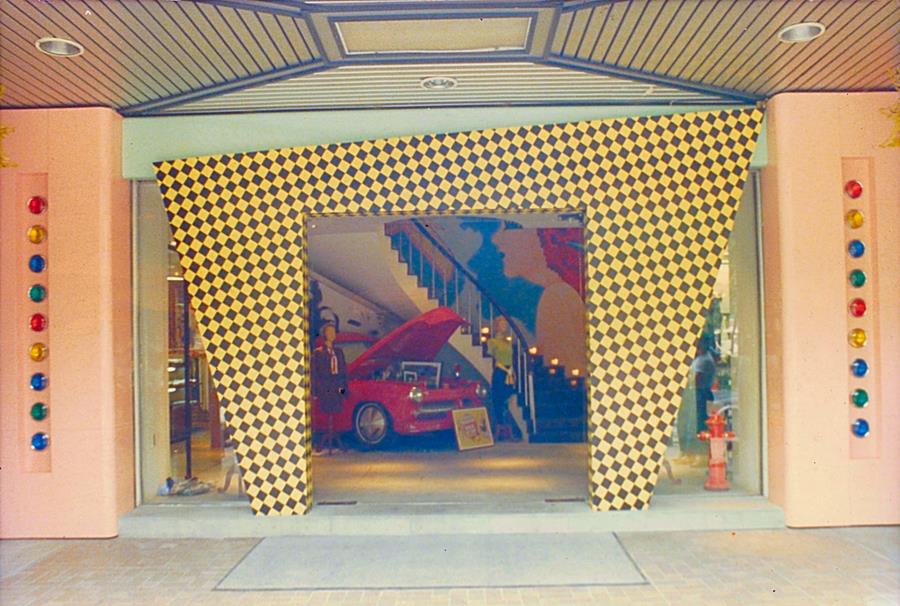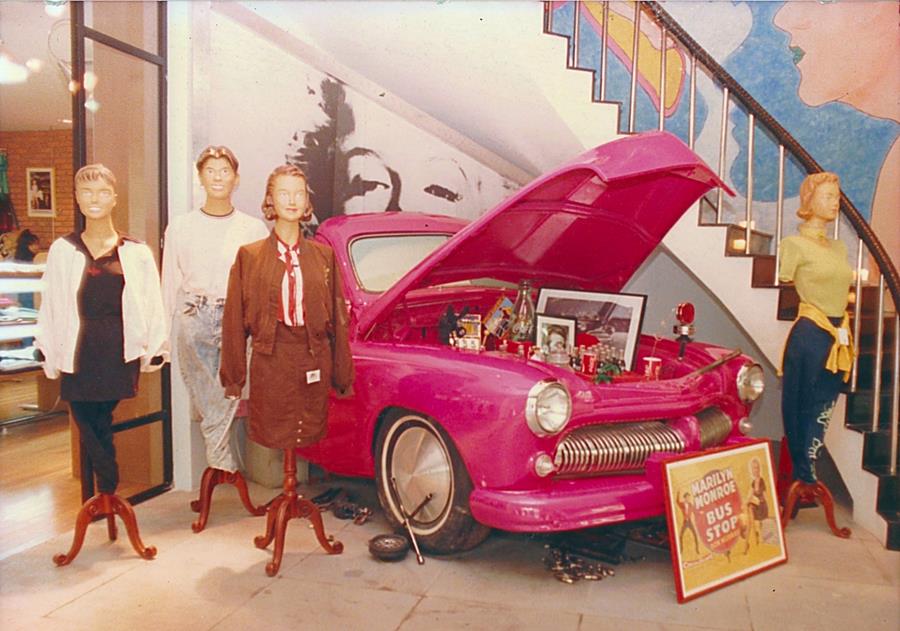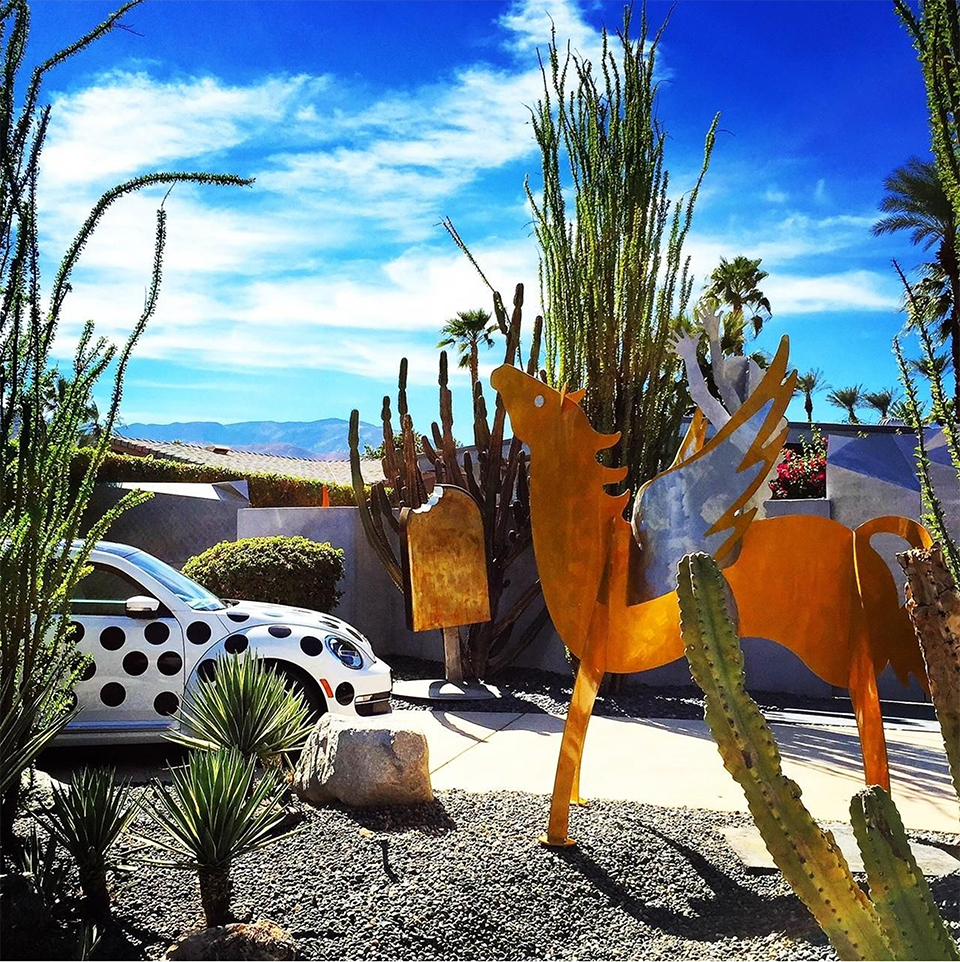“Harvey,” in these encounters, is actor Harvey Keitel … a young neighborhood tough familiar to those who occupied the “members only” Italian social clubs which operated out of small store fronts and dotted New York’s Village and Italian-American neighborhoods below Houston Street, which included Little Italy. Keitel, at the time, had already become known to New York’s art underground, and was soon to gain big film recognition starring in “The Dualist”, the French period piece, directed by Ridley Scott and set in Napoleonic France.
In the film, Keitel shared top credits with Keith Carradine and at first blush appeared awkward dressed in the oversized French lieutenant uniform of heavily layered richly colored fabric abundantly garnished with golden military braids and tassels. He was the personification of early 19th century French hand-colored etchings created by Joseph Napoleon’s (Bonaparte’s elder brother) “Spanish Regiment”.
The film had not yet been released in The States when Karen and I ran into Harvey at Balducci’s. He was in a tight covey of downtown hipsters when we walked up to him and I said “We just got back from Paris where we saw you in “The Dualist” in a Champs Elyse (English version) cinema and it was great”. He replied, while twisting in the direction of his small audience, “Shit! I’m in the fuckin’ film and these guys go and see it in Paris … I don’t even get to see it”.
Now, after that 1st encounter, we knew each other and would run into one another on the streets in Soho. On several occasions we saw Harvey in one of the sparsely frequented coffee houses that opened early for breakfast. SoHo was a nighttime neighborhood and very quiet in the morning except for trucks in service to some of the light industry still hanging on. Chauffeured limousines and gallery hopping cognoscenti arrived after noon for a chi chi lunch at Soho Charcuterie. Late afternoon taxis swarmed in to deliver the uptown afterwork cocktail crowds to arty watering holes. This uptown migration was closely followed with still more taxis to fill the trendy restaurants for the evening. Each day culminated with SoHo’s abundance of bars being packed to the gills with artists at night. They had moved down from Warhol’s Union Square back room courtship at Max’s Kansas City and the Subterranean dark room digs of the Village.
Some of those bars became synonymous with certain subsets of artists. Red Grooms created colorful painted impasto reliefs of life in the Broom Street Bar. Like “Broom Street”, many of the “joints”, which were all in close proximity, were named after the streets they were to be found on. “Spring Street Bar” was at the corner at West Broadway, SoHo’s epicenter. “Prince Street Bar” was at the corner of Wooster and next door to the entrance to our loft building. Lofts, bars, restaurants, shops and galleries were shoulder to shoulder and stacked one above the other. However, because only one or two residents, usually artists, occupied each loft of several thousand square feet, SoHo had the lowest population density in Manhattan and everyone knew one another. Based on a creative and artistic commonality SoHo had achieved an almost small town cordiality.
“The kids”, those who staffed BARONE – the store – differed from the “studio assistants”, who staffed the BARONE loft. They didn’t show up for work until noon. Noon is when the shops opened in this small cohesive artist neighborhood where many worked creating art late into the night and slept through the morning. This late start gave Karen and I an opportunity to show up at the BARONE store in the morning before it was open and before the kids showed up.
Retail is a creative pursuit. Simultaneously reflecting and influencing the culture it inhabits. Combine retail with art and the result is a creative stew that is always on the front burner. No one understood this better than Andy Warhol who danced in a world of “Art, Business, the Art of Business and the Business of Art”. Like Warhol, Karen and I operated on a 10 burner range, moving pots back and forth, turning up or lowering the heat here and there. Back then, as it is today, commissioned artworks always moved to the front burners – “where work filled the time”.
On frequent “dates” Karen and I, dining alone Uptown together at Les Madri (Peter Lugar’s Italian restaurant staffed by a kitchen of Italian mothers) … or at Raga (the world’s most elegant East Indian restaurant) … or at Café des Artistes (on the ground floor of the building where Salvador Dali and Gala lived) … or at la Cirque (the epitome of haute French gastronomy) … and at The Four Seasons (where dinner started with the heightening of the senses by consuming James Rosenquist’s 7ft X 24ft painting “Flowers, Fish and Females,” passing through Phillip Johnson’s classic modern portals), the conversation would turn into a wine-relaxed creative conceptual retail jam session where an inspired Karen would say “let’s get out early tomorrow (morning) and rearrange the store”.
Occasionally Karen and I would start our day at one of SoHo’s bare bones espresso and scones coffee houses: The Cupping Room on West Broadway or The Elephant & Castle on Prince St. Sometimes, we would hike up to The Village and pop into Rocco, the Italian pasticceria, or drop into a well worn “Café Espresso” where the post-beatnik era beatniks hung out and the ghosts of Burroughs, Ginsberg, Kerouac still lingered. On a few of these occasions we would bump into Harvey. We were starting our day – he was ending his. He usually was in the company of what-we-now-call a “super model”. You knew she was a super model by the fact she was over 6 feet tall, had very long legs clad in skinny jeans which ended with spike heels tucked in below the cuffs – and she was beautiful. Her fashion m.o. was topped off by a made-to-look-used brown leather bomber jacket unzipped to reveal a white T. In sharp contrast, Harvey, looking a bit scruffy, always wore a long oversized dark grey and woolly Salvation Army Store sourced overcoat.
On one particular early Sunday morning, we made ur way down the quiet block-and-a-half walk from our loft to the BARONE store and started rearranging fixtures, displays and product in accordance with strategies plotted out over dinner the night before. It was probably about 9:00 AM, with the streets still empty, when Harvey, joined by a tall beautiful model, passed in front of our shop. Because of the forced perspective design of the storefront, we could hear the conversations of those on the side walk – even with the doors closed. As the two passed, the model paused and looked into the storefront windows and said to Harvey “oh, I love this store!” He responded, “you love this store?”. “Yes” she replied “they have the greatest makeup”. Harvey then said “do you want to go in and play with the makeup?” She answered “they’re closed”. Then Harvey, peering through the glass in one of the pair of French doors with his hand above his eyes to reduce the glare, said “I know these people, they’re friends of mine and they’re in there – I can see them. They’ll let us in.” With that he began rapping on the door’s wood frame. I walked toward the entrance while reaching into my pocket removing the keys along with a couple of loose singles. I unlocked the door, opened it about half way and pressed the dollar bills into the palm of his hand and said “God bless you.” Then I closed and locked the door – turned to return to Karen at the back of the store. Keitel, in his “vintage” overcoat with the model just over his shoulder, stood stunned, speechless, and motionless in disbelief.
After a long pause, I returned to unlock the door again, this time to allow Harvey, with the model in tow, to enter and “play with the makeup.”
FINI


